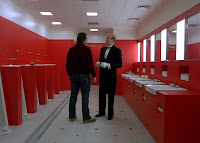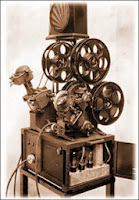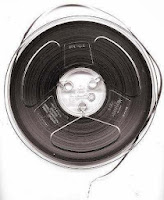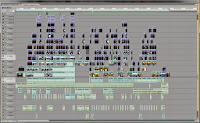Engaging the viewer/ creating pace
In a film, each scene may last a matter of seconds, or it could continue for minutes, but the length of each sequence establishes the pace of the film moving the action along. The speed of editing will help to determine the mood of what is taking place on screen. Nether the less, a film need not have any editing. the Russian arch was filmed using one whole shot, no cuts. A trailer for a film needs to pack in detail from throughout the film, therefore, the editing will be very fast. For example; The Hunger Games has 37 edits in 29 seconds. Scenes at the beginning of a film- as it begins to tell it's story- must be long enough for us to be able to understand where we are and what is going on.
To cross cut is to edit together two sequences that the audience need to know are connected in the same way. Something is happening at the same time in different locations. Like when a character reliving a memory. Cross cutting can be used to very effectively develop a sense of humour. Casey on the opening scene of scream is made more dramatic by her parents approaching Casey dying.
If the audience is to feel anxiety and suspense, the editing will be quick and the scenes/shots will be changing frequently. For example; In an action sequence. This is creating pace.
A cutaway is used to reveal details to the audience without detracting from the narrative or the action.
This is my edited version of our clips. This theme is 007, I created pace by cutting through the clips onto another shot. When it was calm, i did longer clips, and to create pace, i made it quicker. I used cross cutting skill by cutting in between two clips so the audience knows that they are related. I used a cutaway skill to show details to the audience without detracting from the action and narrative. Lastly. i used an effect called sepia, which draws the audience in a lot more as it looks much more effective.





















